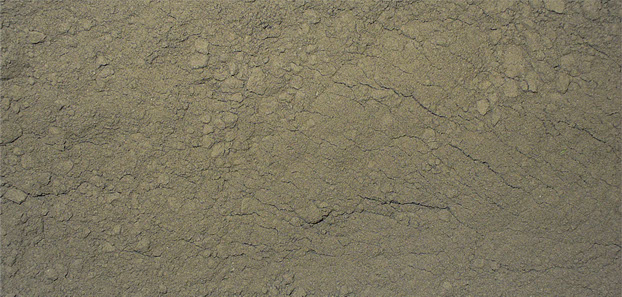Each deposit of diatomaceous earth is different.
Currently, diatomaceous earth can be classified into the following major categories – food grade, feed grade and pool grade. Each category has its own set of specifications that must be met.
While each diatomaceous earth product on the market will fall into one (or two, in the case that the product meets both food and feed grade specifications) of these categories, each source of DE will be slightly different in its makeup.
For example, the difference between white DE and brown (or brownish-grey) DE (such as Red Lake Diatomaceous Earth) is that darker colored diatomaceous earth contains calcium montmorillonite (also known as calcium bentonite), a clay that occurs naturally in the deposit. White DE, on the other hand, contains only diatomaceous earth, along with other trace amounts of additional elements.
Many people are curious as to what benefits might be provided by each different source of diatomaceous earth however, not a lot of scientific testing has been done in order to compare these different sources. In recent tests conducted by the lab at Absorbent Products Ltd., the effectiveness of Red Lake Diatomaceous Earth and a white DE product were compared when used as a natural insecticide. In these tests, no difference in overall effectiveness was found between the two sources.



